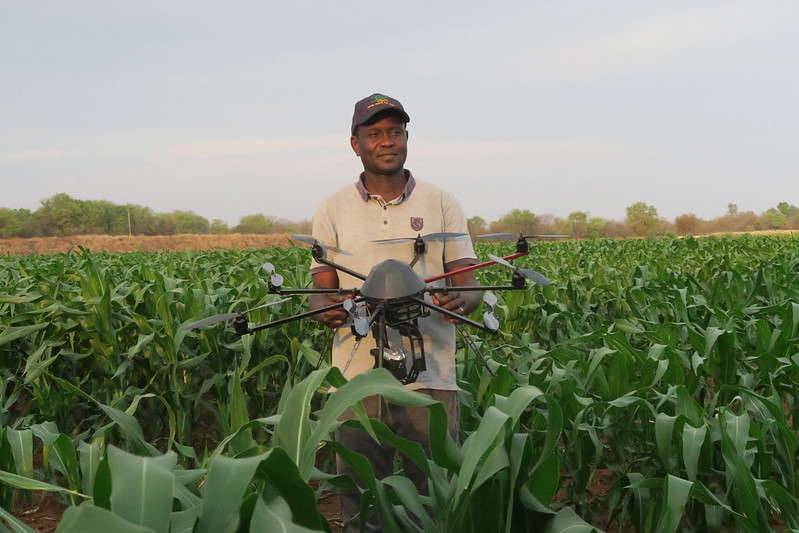How Smart Farming Could Help Increase Crop Yields for Impoverished Communities

In many parts of the world, communities hugely rely on the success and yield of various crops to feed and financially support their inhabitants. As both weather patterns and air temperatures continue to fluctuate, smart farming could offer opportunities to adapt to those who these situational changes affect the most.
What is Smart Farming?
Smart farming is the use of various new technologies to allow farmers to improve both the quality and quantity of crops. This includes the use of AI, Wi-Fi-enabled machinery and drones. The use of such technologies could help improve productivity and lead to more sustainable farming practices.
Why Do Farms Need To Become Smart?
The Paris Agreement states that countries worldwide should reduce global emissions by the year 2030 to minimize the changing weather patterns. As environmental conditions change so too will farming. A number of these changes could impact farming including soil degradation, temperature differences and changes in rainfall and weather patterns, negatively affecting the productivity and yield of crops. In the face of this feedback loop of unsustainable farming leading to unsustainable environments, research suggests that technological advancements are necessary to break the cycle.
In the current global system, those principally responsible for environmentally damaging practices are not necessarily the ones that weather patterns affect the most. It largely falls on already disenfranchised communities, such as those living in the Global South, to bear the brunt of others’ pollution.
Smart Technologies
Smart farming is just one example of the kinds of smart technologies which are increasingly becoming a part of our everyday lives. From watches to fridges, more of the things that surround us are using Wi-Fi. This growing digitization is known as the Internet of Things.
Agricultural Drones Offering Opportunities
Agricultural drones are a growing example of the kinds of technologies people will use on farms in the coming years. Drones are currently able to conduct imaging and monitoring of crops, however, Global Data explains that by 2030 drones will also be able to conduct advanced crop spraying and terrain monitoring.
According to the U.N. smart farming offers huge opportunities for communities that are struggling with the adverse effects of fluctuations in weather and climate. The donation of and investment in smart farming technologies provides communities with a long-lasting solution. Unlike food donation, an approach used in traditional foreign aid strategies, investment in these technologies would grant communities greater autonomy and provide them with a future-focused solution.
The Use of Agricultural Drones in Nigeria and Malawi
One strong example of the use of smart farming to improve access to food is in the West African nation of Nigeria where people use drones to plan design and construct rice irrigation systems. Using the drones on a farm near New Busa, situated 700 km from the nation’s capital Abuja, enabled farmers to adopt irrigation and drainage systems to the natural landscape. The resulting rice paddies were much more efficient leading to greater crop success and more food for both sale and the local community.
– Florence Jones
Photo: Flickr
